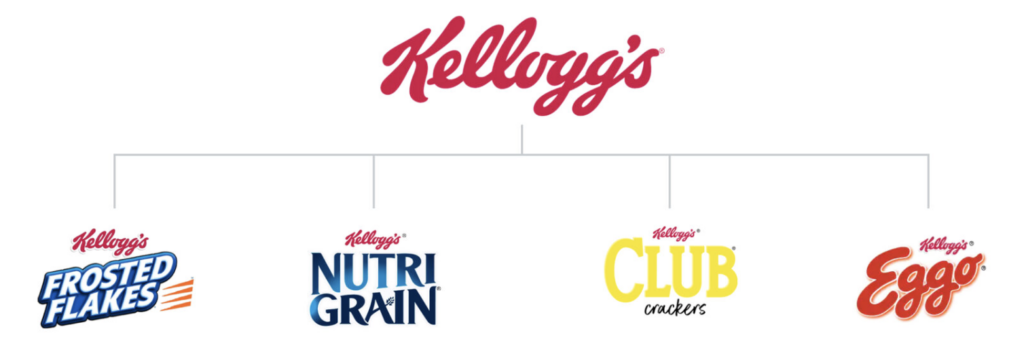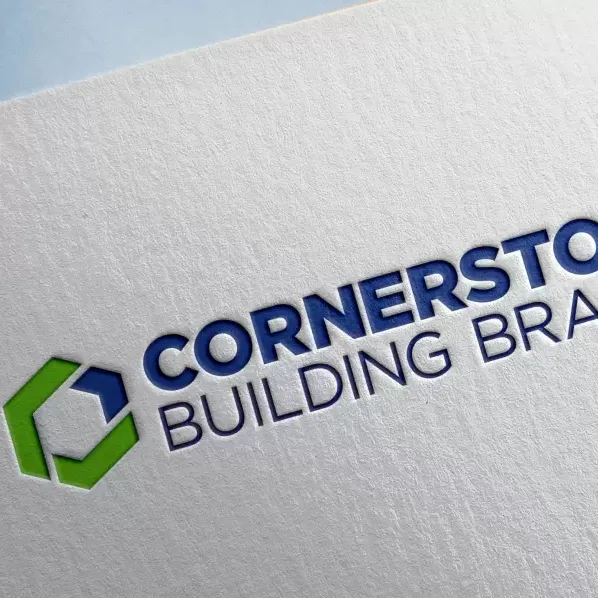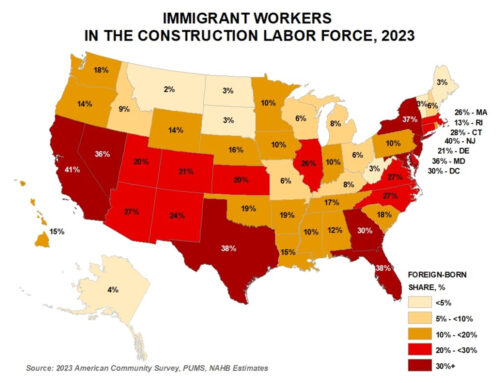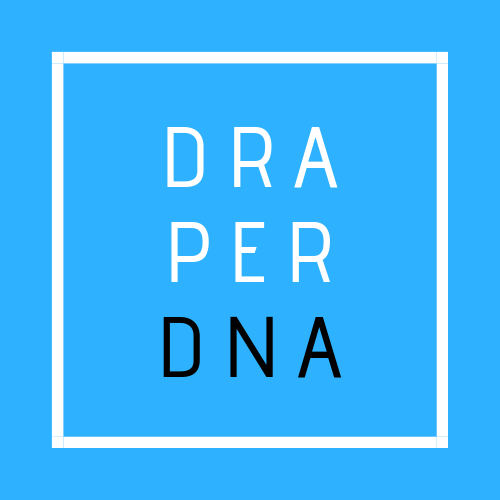What’s in a Name?
April 1, 2024
By now you have likely read several different posts about people’s impressions of the International Builders Show and Kitchen and Bath Industry Show. Just as likely, the focus of these reviews are products. While products are typically the stars of the show, we were left with a difference impression for this show; specifically, what’s in a name.
The building industry is going through significant consolidation. Since the show, Home Depot is purchasing SRS Distribution, Owens Corning is acquiring Masonite, and several offer acquisitions of lesser renown. All of this at a time when their customers – builders, contractors, architects, and designers – attention span is decreasing dramatically.
The combination of consolidation and the customers short attention span is making what we experienced at IBS/KBIS all that more important. Three large building products companies have rather confusing naming strategies or a lack thereof for their multiple brands. Cornerstone Building Products displayed twenty-eight different product brand names. Fortune Brands displayed twenty-one different brand names. Westlake Royal Building Products promoted thirty-six product brand names at the show.
It would be fun to evaluate each of these company’s approach to naming. Maybe for another time. We are interested in sharing with you the four most common naming strategies, AKA brand architecture and/or naming architecture. As a supporter of architects, the use of architecture for anything other than an architect’s work in creating habitats seems wrong.
Naming Strategies
Several of the multiple brands companies appear to be missing a coherent naming strategy, at worst, or an imaginative hybrid one. As a result, we think it is time to share the four most common types of naming strategies.
The Branded House
Brand extensions and the creation of new brands are very easy to achieve with a branded home. In a house that is branded, the master brand will always be present. Its extensions can easily link to it and leverage its power. FedEx is a good example. FedEx Kinko’s offers services that are very different from (but complementary) those offered by its master brand FedEx. It can be easily connected to FedEx and shares the same brand equity. Branded houses are easily recognizable when they share the same logo, like the iconic FedEx logo.
A successful naming strategy allows customers to form opinions or preferences about an entire family by learning more about a single brand within that family.

Other Examples
- Apple has a variety of products. However, the logos on each extension are easily identifiable as Apple. The brand extensions of Apple clearly benefit from its master brand’s influence and equity in the market.
- Virgin offers a wide range of products and services, including Virgin Mobile, Virgin Hotels and Virgin Orbit. All of Virgin’s extensions carry the red “Virgin logo”.
Benefits of Branded Home Architecture
- It is not necessary for the master brand to invest time and money in differentiating the strategies of each sub-brand. The overall brand identity is consistent, even if the target markets are different.
- Sub-brands benefit from the brand equity of the master brand.
- By addressing the specific and unique needs of consumers through niche sub-brands, master brand names can improve their communication with them.
The House of Brands
A house of brands protects and shields the master brand against brand extensions, and at the same time protects all the brands from one another. A house of brands allows a master brand to have competing brands within the same segment. Proctor and Gamble is a good example of a master brand. Crest, one P&G sub-brand, would not be affected by a brand crisis. When a sub-brand receives positive publicity, it doesn’t affect the other brands.
Other Examples
- General Motors is a master brand for different car manufacturers, and related products. GM has many sub-brands, including Chevrolet, GMC Cadillac, Buick, and OnStar. GM doesn’t influence the brand identities of each extension, even though they are all closely related.
- With over 30 brands, MGM Resorts is home to some of the best-known resorts, restaurants, and casinos in the world. Each sub-brand has its own distinct brand identity. For example, the Bellagio and Mandalay Bay resorts are separate brands, but they still share a master brand.

The benefits of a house of brands architecture
- Under a master brand, individual brands can compete.
- Negative publicity does not necessarily hurt the other brands and the master brand.
- The master brand is a resource for the sub-brands.
The Endorsed Brands
An endorsed brand allows for more flexibility in packaging brands under a master brand. Each brand extension has its own identity and may or may not be associated with the parent brand depending on the situation. Brand extensions can have their own brand strategy, target market and use of brand equity when they want to.
Endorsed brands are somewhere between a brand house and a house of brands. A branded house is a sub-brand that retains the parent brand’s reputation and has sister brands that affect each other. A negative press surrounding a sister brand can have a negative impact on another sister brand and the parent brand. The independent market segments, and the branding makes it look like a house.
Examples
- Toyota is the master brand for Lexus, Scion, and its own Toyota cars.
- Kellogg owns many brands, each with its own identity. You can find the logo on their packaging, and some even have Kellogg in their name, like “Kellogg’s Rice Krispies.”

The Benefits of Endorsed Brand Architecture
- You can choose between independence and/or a beneficial relationship with the master brand.
- It is not necessary to build the sub-brand from scratch.
- Similar brand identities can make it easier to market the brands that are endorsed.
The Hybrid Brands
A hybrid brand architecture is the combination of two or three brand architectures. It is often seen as a compromise when a master brand begins to create and acquire new brand extensions. It’s not ideal to force the master brand or its new sub-brand to adopt a new brand identity if they both sell well-known services and products. The master brand might have relationships with some sub-brands but not others.
A hybrid brand may be the right choice for some brands, but it is not always a good idea. Customers, investors, and marketers can find it difficult to track different extensions and brand identities.
Example
- The Coca Cola Company is the parent company for Sprite, Fanta, Minute Maid, and Dasani Water.
- Marriott is the master brand that includes hotels with Marriott names but with slightly different brands identities and hotels without Marriott brand identity.

Benefits of Hybrid Branding
- Master brands can expand without losing their brand identity.
- Sub-brands that are acquired by master brands can gain resources, while potentially retaining their brand identity or brand equity. Or they may even gain those of the master brand.
- This allows master brands and sub-brands to get the best of both in a merger.
The Process
Most branding agency taut the need for complex research of the industries they serve, their customers, team, partners, and competition. We agree with the need for research and disagree that it must be complex. As an agency dedicated to the industry and all of its players, we find once you place the market on the wall, your opportunities present themselves rather quickly.
There is a perception that a big team and a complex process provides more thorough and complete insights. We believe a few well-selected experts with direct, hands on experience make a difference.
In the end, we believe implementing a well-defined naming strategy with provide your company with:
- Clarity: A naming strategy that is clear helps consumers to understand why brands are linked the way they do. This helps employees and investors understand and implement the strategies that will lead to success.
- Cross Selling: By clearly delineating the relationship of different brands within one master brand, customers can find products/services that meet a variety needs.
- Brand Equities: The perceived value of a product or service is called brand equity. Many master brands can share their brand equity by implementing a naming strategy. As long as there’s a clear relationship, if a consumer views a parent brand positively, they will also view extensions of the brand favorably.
Interested in learning more about naming strategies, building products marketing, or Draper DNA? Send me a note at Shawn@DraperDNA.com. Thanks.





